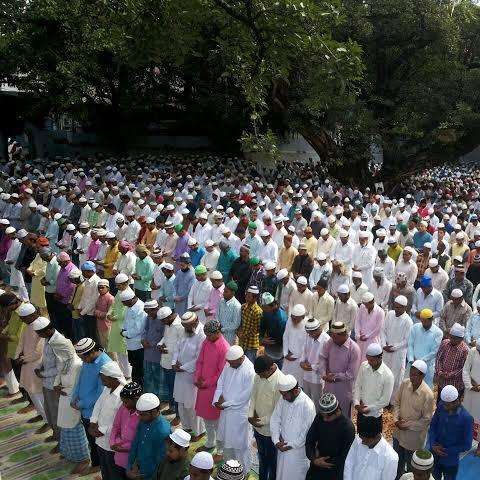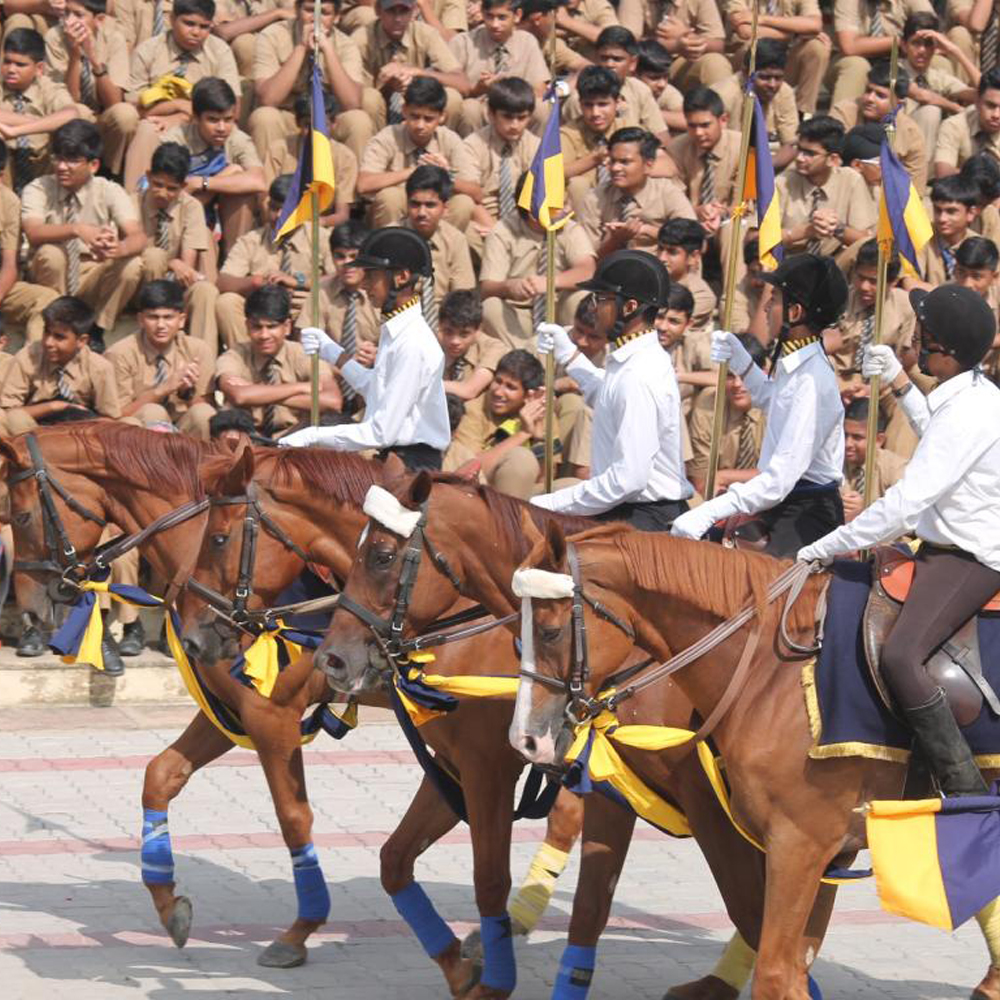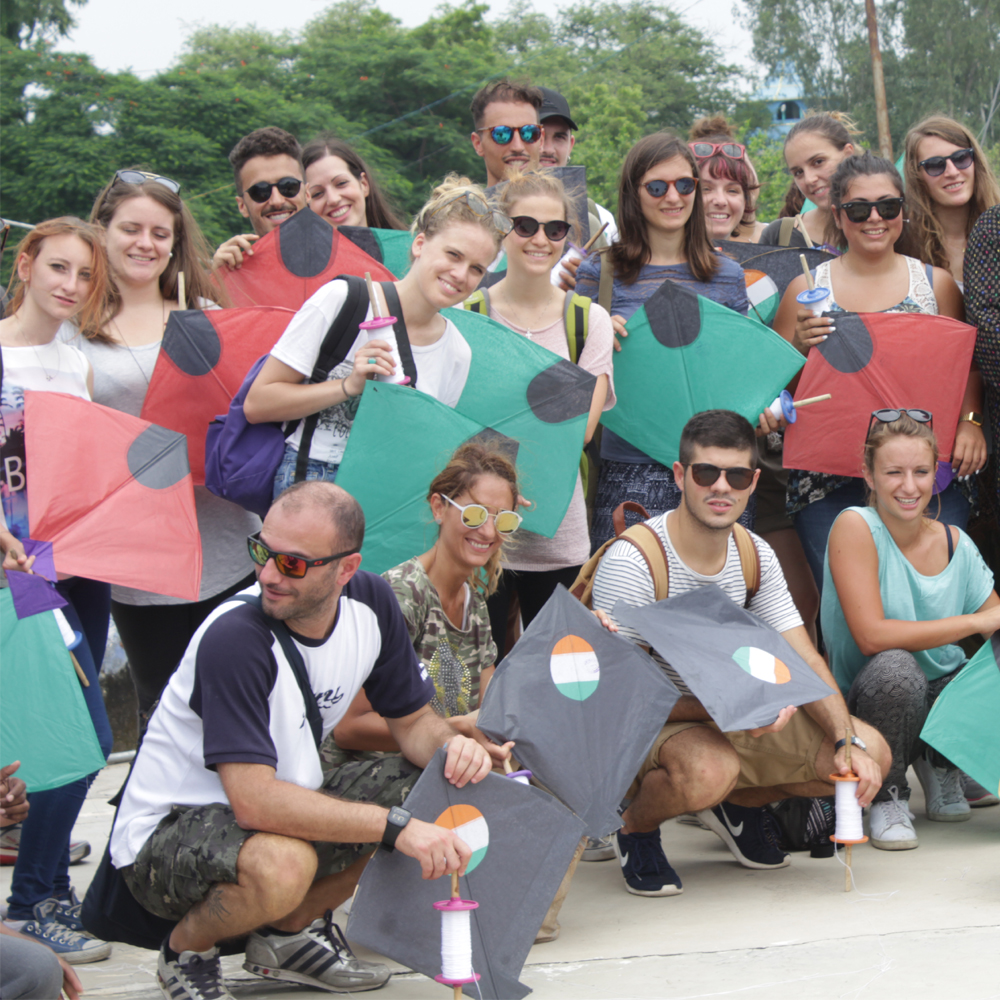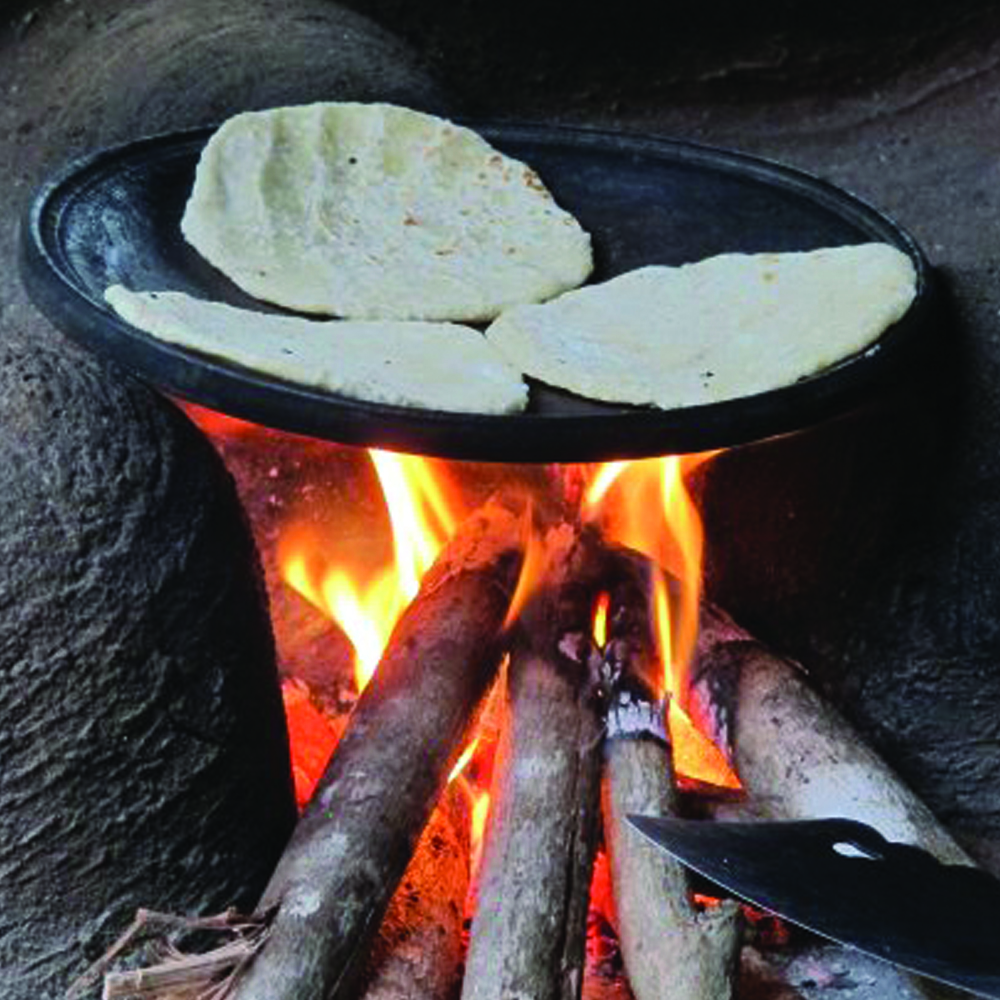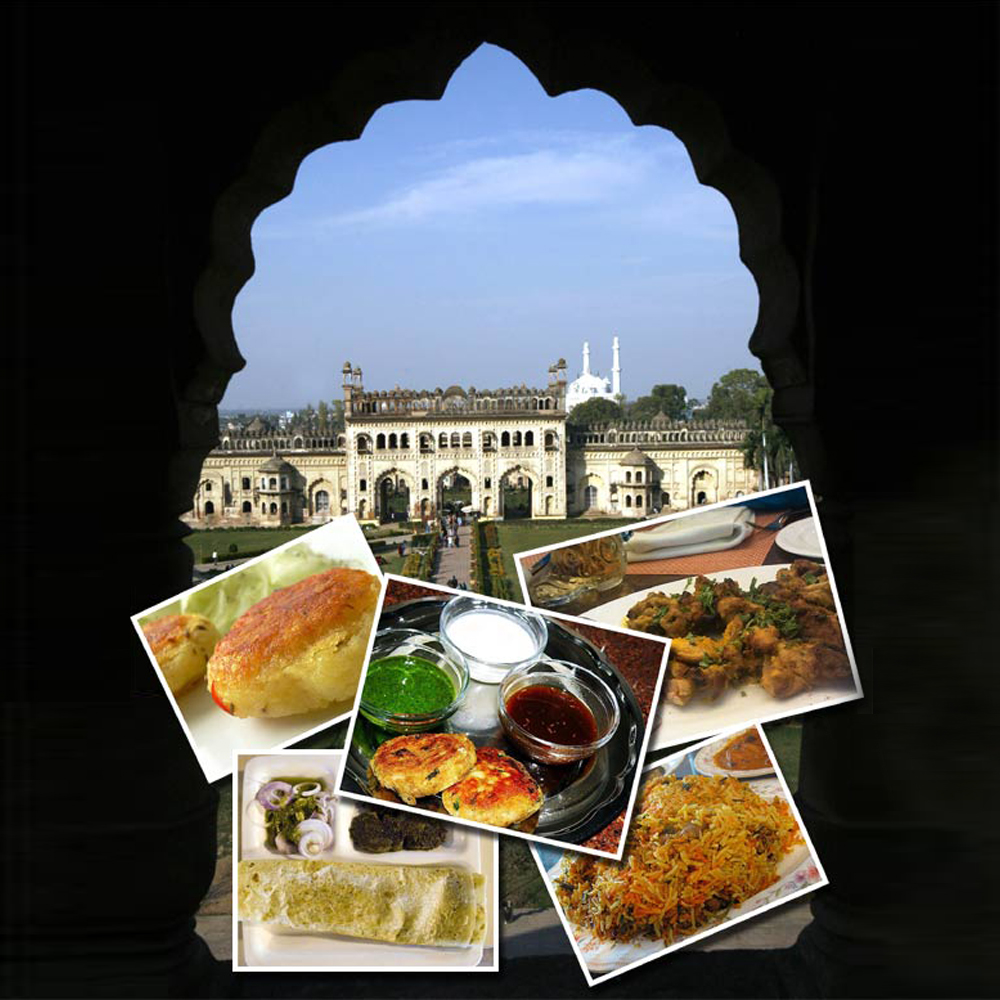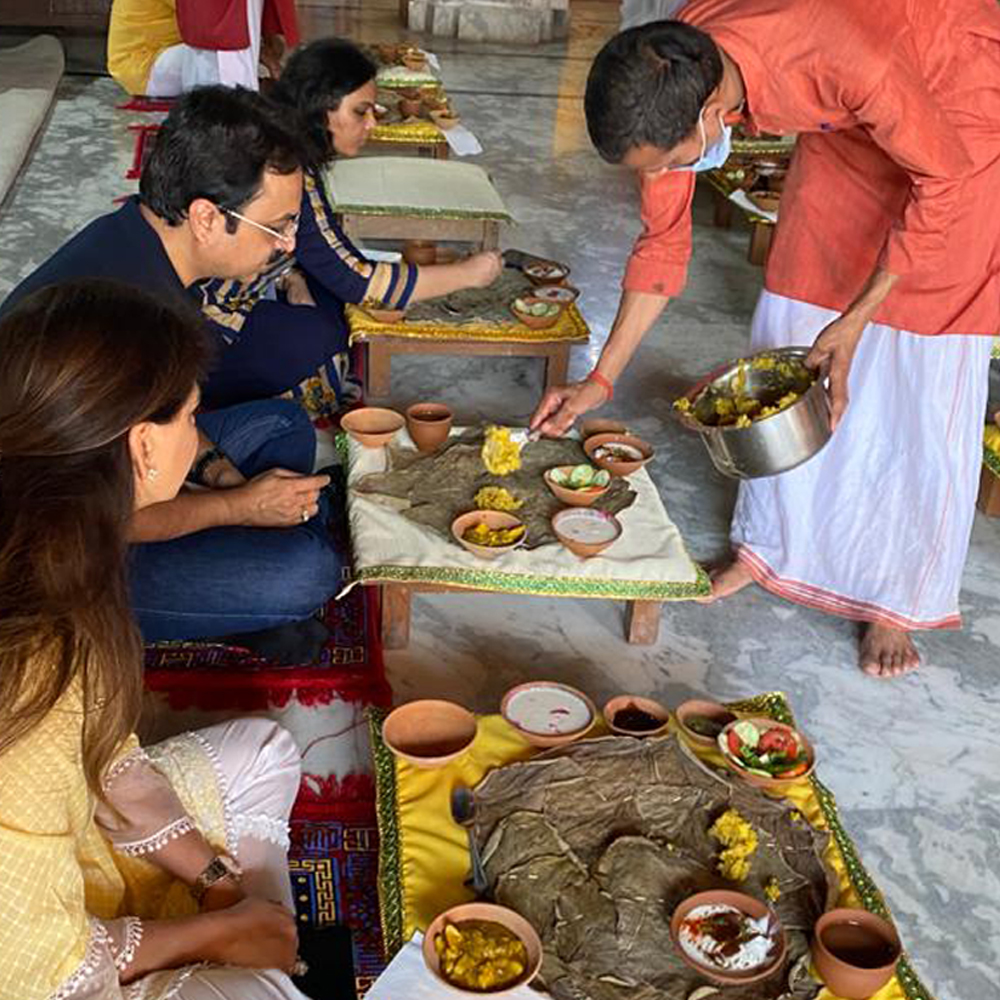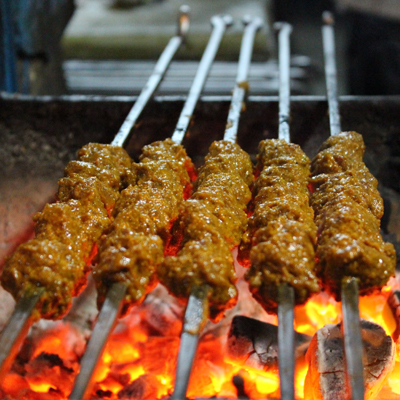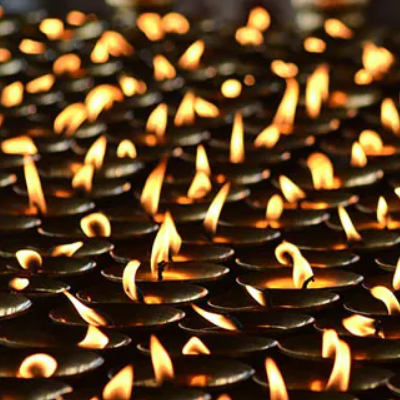Bithoor
The town of Bithoor, also spelt as Bithur is located about 15 miles (less than 45 mins) way from Kanpur. Bithoor is situated on the banks of the river Ganges and among the Hindu community it is of a great religious and historical significance. It is believed that the great poet and sage Valmiki composed the Hindu epic of Ramayana in Bithoor. There is also a belief that Lord Rama’s sons Luv and Kush were born in Bithoor. Yet another legend says that Lord Bramha who is the creator of the universe selected Bithoor as his place of stay and had performed rituals here to create the world thus it is also known as Bramhavart.

Ghats of Bithur. Pencil and watercolor by William Daniell (British artist, 1769–1837). This is from Pre-1857 before being destroyed by British Forces.
In the 18th century Maharaja Tikait Rai, who was the minister of the province of Awadh (Oudh) built a bathing pond in Bithoor which is called the Patthar Ghat. This structure has a temple dedicated to Lord Shiva. While other important places here include the foot prints of Lord Bramha, Bramhavat Ghat and Valmiki Ghat.
In the late 19th century the town came to be called Bithoba Nagar from its original name Bramhavat and later Bithoor (or Bithur) over a period of time. Bithoor then was a part of Kanpur (Cawnpore). During the British period, Maratha Empire’s Peshwa Baji Rao – II after losing subsequent battles against the British was deposed and sent off to Bithoor. Peshwa Baji Rao – II and his adopted son Nana Saheb resided in Bithoor Fort and later Bithoor became the headquarters of Nana Sahib when he revolted against the British in 1857.
The initial spark of the uprising and the subsequent siege of Cawnpore started in Bithoor where Nana Saheb and his associates – Tatya Tope, Azimullah Khan and Ram Chandra planned the role of action against the British forces, resulting in the bloodiest events of Cawnpore Mutiny in 1857 that took many lives of British men, woman and children. Later the relief forces led by General Henry Havelock reached Bithoor that finally captured and destroyed the fort raised many temples and ghats in retaliation and revenge. Post 1857 Bithoor was under the British until the independence of India in 1947.
1857 Memorial

A memorial park in the spot where the fort existed has now come up and is dedicated to the warriors of 1857. It is named as Nana Sahib Smarak with a museum inside consisting of galleries having historical relics like coins, royal orders, stamps and other artifacts to visually explain Bithoor. In the park outside stand the statues of Nana Saheb, Rani Lakshmibai, Tatya Tope and other Indians who contributed to the Mutiny of 1857.
Brahmavart

Brahmavart in Bithoor is the sacred ghat. This holy site holds historical and religious significance for the Hindus. As per Hindu mythology what is called Brahmavart Ghat was previously known as Utpalaranya forest and is said to be the place where Lord Bramha had performed Ashwamedha Yagna and after the performance of this great religious service Bramha created mankind with two humans; Manu and Shatarupa. There is also a horse-shoe lodged which is believed to be of a horse that Lord Bramha rode.
At the ghat stands a small temple housing Shiva-linga known as the Brahmeshwar Mahadev and is said to have been established by Lord Bramha himself after the completion of Yagna. A pair of wooden slippers marks the sacred footsteps of Lord Bramha. There is also a knot in the ground of the temple said to be the centre point of the earth. The temple adds tremendous religious significance to Bithoor.
Valmiki Ashram

This site is considered to be the place where Sage Valmiki wrote the Hindu epic of Ramayana. The complex bears many small chambers of religious and historic significance. As per Ramayana, it is the place where Sita after returning from exile gave birth to her and Lord Ram’s two sons, Lav and Kush. In the Valmiki Ashram under the Sage Valmiki, Lav and Kush received their education from the great Sage. The ashram has a flight of steps often called the steps to heaven by the faithful.
Patthar Ghat is made beautifully with red sand stone on the banks of the holy Ganges in Bithoor was built by Raja Tikait Rai who during the 18th century was the minister of Awadh province. There is also a Shiva temple having a Shivling made of Kasauti or philosopher’s stone.
Dhruva Teela

Dhruva Teela is the place where the child Dhruva to appease Lord Vishnu had meditated by standing on one foot. This devotion of his was appreciated and he was blessed to be immortal as a star. The star named after him is called Dhruva Tara.









